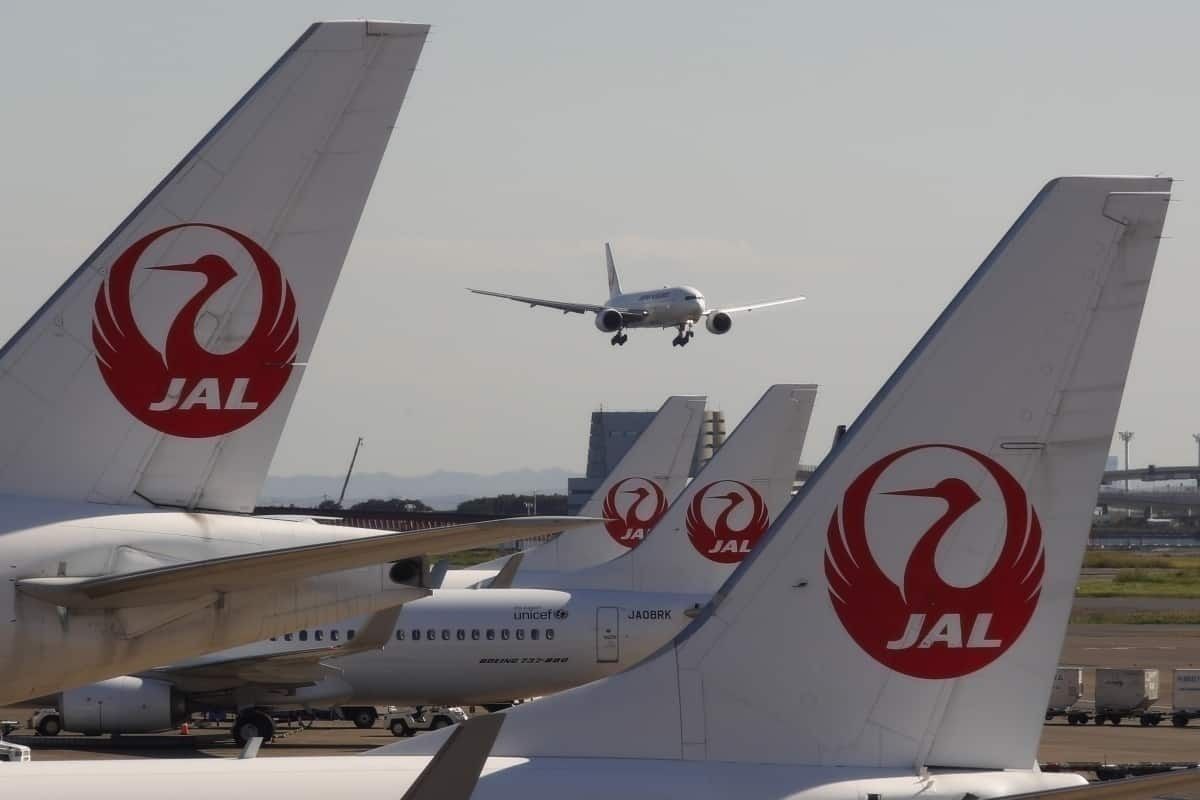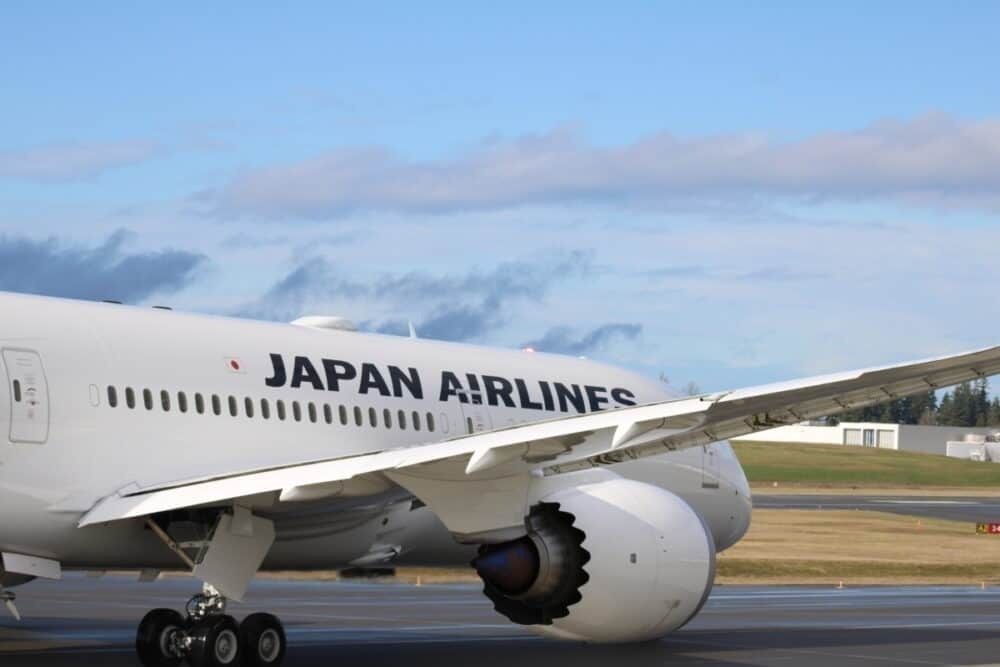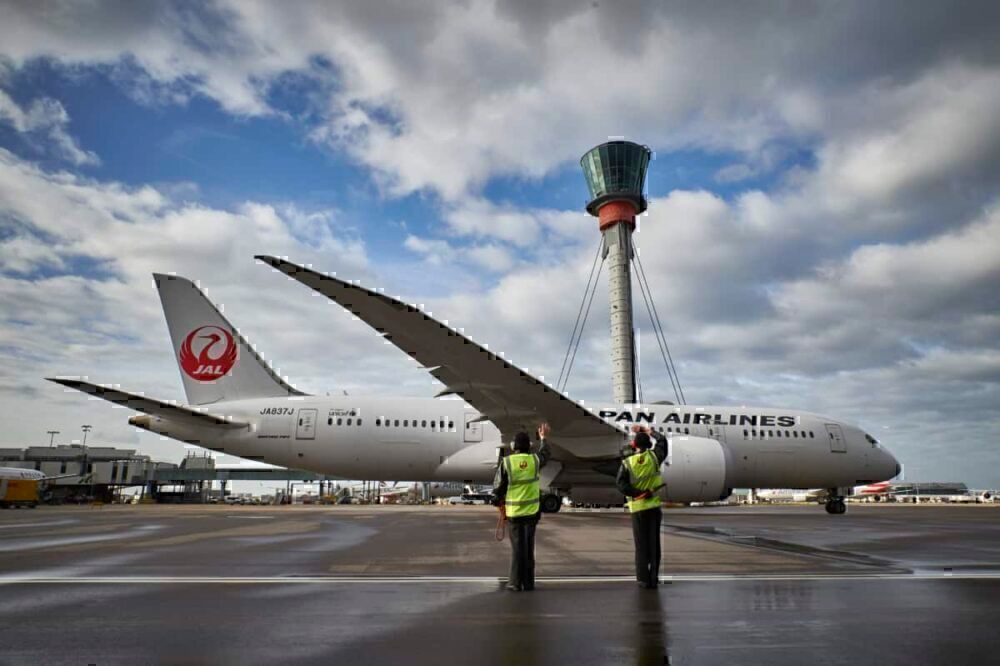On Monday, Japan Airlines (JAL) published its financial results for the first quarter of the fiscal year of 2020. In the three months from April to June, the carrier reported losses of JPY 93.7 billion ($885 million). While the airline expressed cautious optimism over the return of domestic market demand, the pandemic is gaining new momentum in regions of Japan - including Tokyo.
As with all reports for commercial aviation being filed these days, to say that Japan Airlines' Q1 results make for somber reading is somewhat of an understatement. The reason behind the substantial financial setbacks is, of course, no mystery.
Due to the impact of COVID-19, both international and domestic air travel demand decreased during the quarter by unprecedented levels. This has left all carriers in dire financial straits, and Japan Airlines is no exception.
International travel decreased by 98.6%
International travel decreased by a full 98.6% year-on-year, resulting in a 97.9% drop in passenger revenue. The domestic market also saw a huge decrease due to the state of emergency declared by the Japanese Government on April 7th. Travel demand dropped domestically by 86.7%, resulting in a revenue drop of 85.1%.
The carrier operated 3,754 cargo flights during the quarter on its international network. The much-needed transportation of medical supplies and other in-demand goods saw its cargo revenue increase by 16.9% year-on-year.
However, this was not nearly enough to offset the massive damage of not carrying passengers, apart from the occasional repatriation flight. And despite substantial cost-reducing measures, losses for JAL during the quarter accumulated to JPY 93.7 billion ($885 million). The company will withhold interim dividend payments to shareholders.
Domestic market volatile as cases increase
JAL reported tentative optimism for the Japanese domestic market since the lifting of emergency restrictions at the end of May. However, recent spikes in coronavirus cases have already prompted the region of Okinawa to once more declare a state of emergency.
Furthermore, on Friday, the Governor of Tokyo, Yuriko Koike, warned that she could also come to declare a state of emergency. On the same day, the Japanese capital reported a new record daily-high of 463 cases.
Internationally, the airline said it would continue to monitor travel restrictions within each country and update its international network accordingly.
No forecast for FY2020
Because of the high level of uncertainty arising from an ever-evolving crisis, Japan Airlines said it was unable to make any forecast for its fiscal year of 2020.
"Due to the unforeseeable circumstance surrounding the impact of COVID-19, the financial forecasts for FY2020 will remain as undetermined for the immediate future," the statement accompanying JAL's Q1 financial report read.
Indeed, predictions have been subjected to change many times over the past few months. Along with plans and schedules, they have been reworked, recalibrated, and sometimes flat out scrapped. The latest forecasts all agree that air travel recovery will not bounce back until 2023 or 2024.
While Europe seems better prepared to meet the smaller clusters of contagion that are popping up across the continent now than it did when the pandemic took off, many countries across the globe are still battling their first waves. As such, the final financial fallout of COVID-19 remains a moving target. It will only become known one quarter at a time.
What are your thoughts about JAL's results? Let us know what you think in the comment section.



